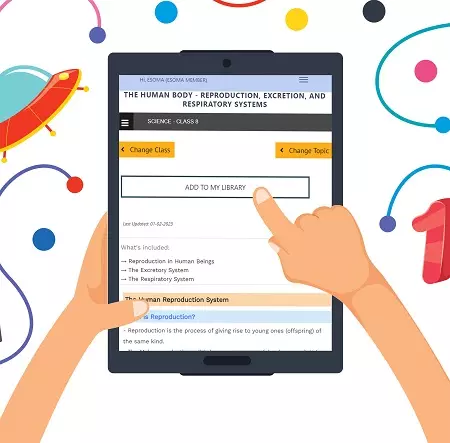Question
Describe how oxygen in the alveolus reaches the red blood cells.
Answer
- Oxygen concentration in the alveolus is higher compared to the oxygen concentration in the surrounding blood capillaries. This concentration gradient drives oxygen to move from an area of higher concentration (alveolus) to an area of lower concentration (blood capillary) through diffusion.
- The thin walls of the alveoli and the adjacent capillaries create a barrier called the alveolar-capillary membrane. This membrane consists of a layer of epithelial cells lining the alveoli and a layer of endothelial cells forming the capillary walls.
- Oxygen diffuses across the alveolar-capillary membrane. It moves through the thin epithelial cells of the alveolus, the interstitial fluid, and the endothelial cells of the capillary.
- As oxygen diffuses into the red blood cells in the capillary, it binds to hemoglobin, a protein in red blood cells that has a high affinity for oxygen. Hemoglobin forms an oxyhemoglobin complex, a reaction that allows oxygen to be transported within the blood.
- The thin walls of the alveoli and the adjacent capillaries create a barrier called the alveolar-capillary membrane. This membrane consists of a layer of epithelial cells lining the alveoli and a layer of endothelial cells forming the capillary walls.
- Oxygen diffuses across the alveolar-capillary membrane. It moves through the thin epithelial cells of the alveolus, the interstitial fluid, and the endothelial cells of the capillary.
- As oxygen diffuses into the red blood cells in the capillary, it binds to hemoglobin, a protein in red blood cells that has a high affinity for oxygen. Hemoglobin forms an oxyhemoglobin complex, a reaction that allows oxygen to be transported within the blood.

